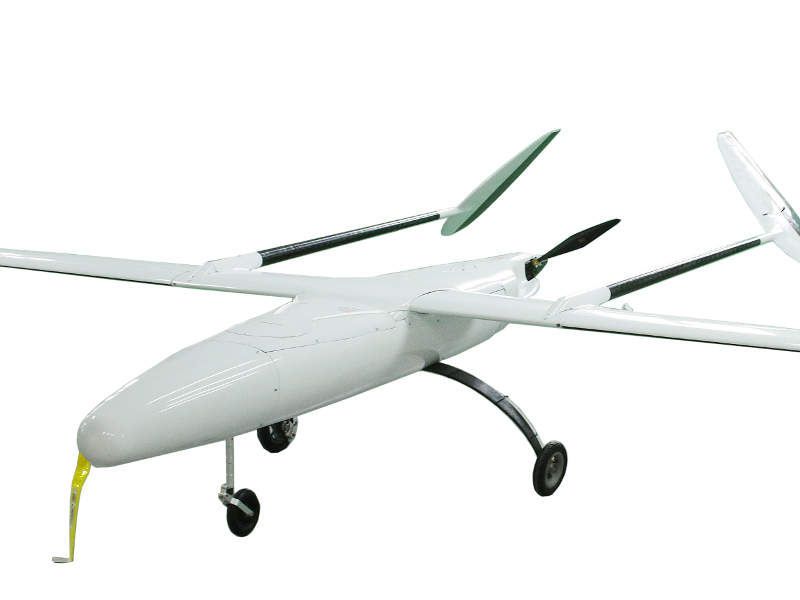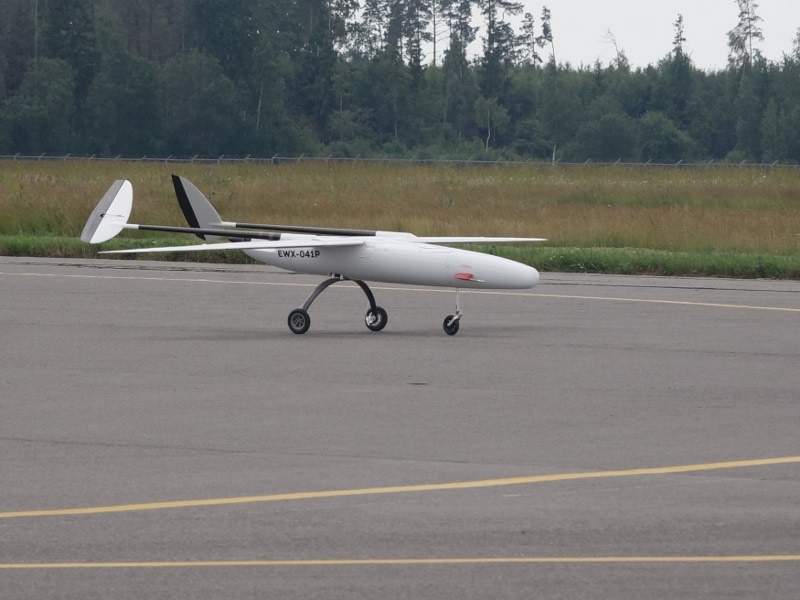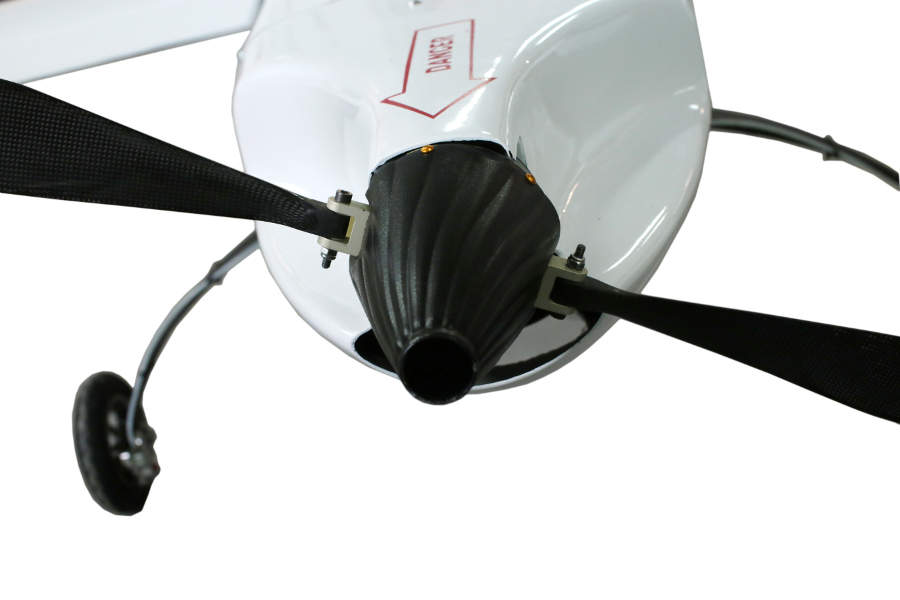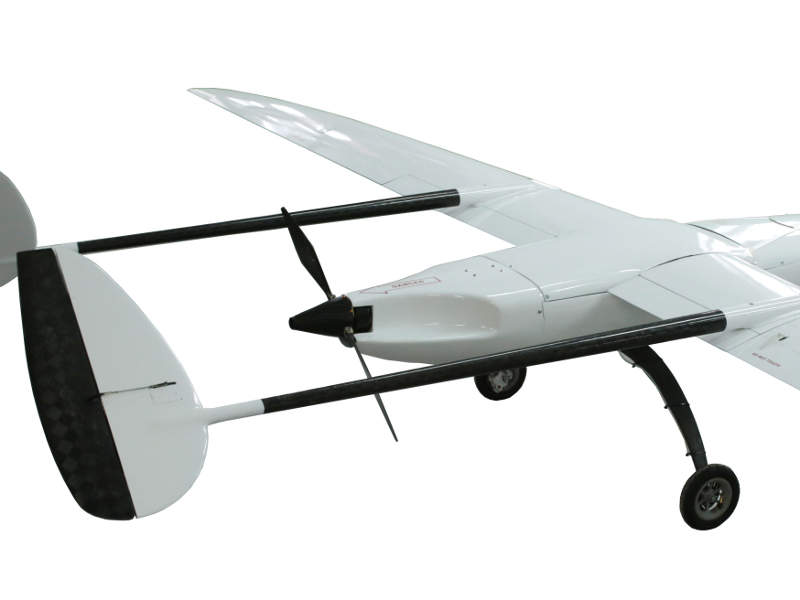SITARIA-E is the latest in the family of unmanned aerial vehicles (UAV) designed and manufactured by UAVOS. The unmanned system comprises the SITARIA unmanned aircraft and the ground control station.
The fixed-wing unmanned aircraft is primarily designed to fulfil the aerial mission requirements of armed and air forces across the globe.
The new unmanned system has successfully demonstrated its mission capabilities during a series of flight tests conducted by the manufacturer in October 2018.
SITARIA-E has the capability to perform aerial patrol, observation missions, mapping, video surveillance and monitoring, and aerial photography of the surrounding terrain. It can also be used for light detection and ranging (LIDAR) surveying applications and for gathering normalised difference vegetation index (NDVI) data for agriculture.
Sitaria-E unmanned aerial vehicle design and features
Sitaria-E features a compact design integrating an extended fuselage section, a high-wing configuration, and a small rotor at the rear end. The empennage is assembled into a twin boom configuration.
The specific weight of the empennage is reduced, which results in the decrease of moment of inertia of the UAV for enhanced controllability.
The UAV features a tricycle landing gear with two wheels under the fuselage section and the remaining wheel under the nose section in the front. The non-retractable landing gear enables the UAV to land on rough terrains.
The aircraft is 2.8m-long and has a large wingspan of 5.16m. Its empty weight and maximum take-off weight (MTOW) are 35kg and 39kg, respectively. It is designed for operation within the temperature range between -40ºC and +50ºC.
Payloads and launch system
The payloads on the unmanned system include a proprietary autopilot system, LIDAR airborne laser scanning equipment and high-definition video cameras.
Sitaria-E features fully-automated launch and recovery systems. It can be launched using a catapult launch system and recovered using a ballistic parachute fitted in the vehicle, without requiring any additional equipment during the landing process.
The UAV is also capable of operating at minimal speeds during take-off and landing, which enables it to take-off from short strips with a runway length of approximately 200m.
Communication and control systems
The operations of the unmanned aircraft are remote-controlled from the ground control station. The information and the high-definition videos collected by the UAV will be relayed to the control station for further analysis.
Diagnosis of the onboard control systems, remote control operations and the flight mission plans are fed to the unmanned aerial system (UAS) using wireless connectivity.
The communications between the control station and the unmanned system can be carried out using the command link in a range of 100km. Video transmission is possible within a range up to 60km.
The UAS also features an Iridium backup communication system. It can be controlled in three different modes including a fully-automatic main mode, semi-automatic assisted mode, and an automatic emergency mode.
Engine and performance of Sitaria-E
Sitaria-E is powered by a 2.5kW electric engine, which reduces noise level and enhances the reliability and operational efficiency of the aircraft.
The unmanned aircraft needs to be launched at a minimum speed of 70km/h for a smooth take-off. The maximum speed, cruise speed and the stalling speed of the aircraft are 140km/h, 80km/h and 65km/h, respectively. The maximum speed during take-off and landing is 10m/s.
With a maximum operational range of 240km, the UAV can carry up to 10kg of payload. It has a climbing speed of 2.5m/s and is designed for a maximum operational altitude of 6,000m.
Flying with 10kg of payload, the UAV can achieve a flight time of 1.5 hours, whereas the endurance is increased to three hours with 4kg payload.
The onboard battery weighs 13.8kg and offers a capacity of 73.5Ah. The UAV can carry a maximum of 4kg payload when flying on full battery capacity.







